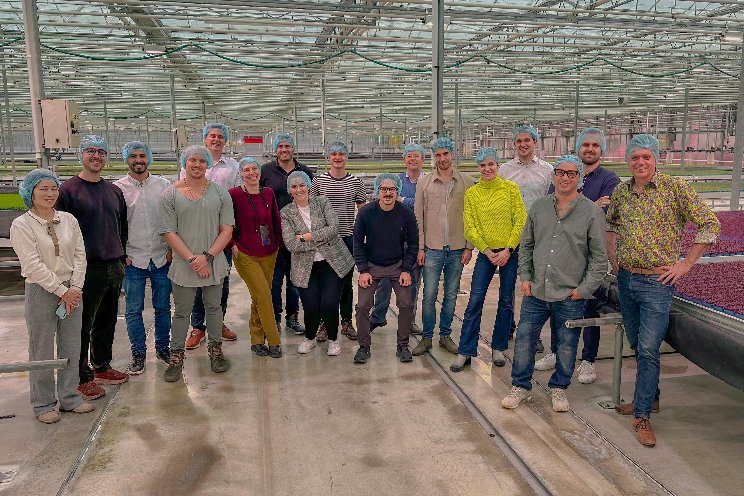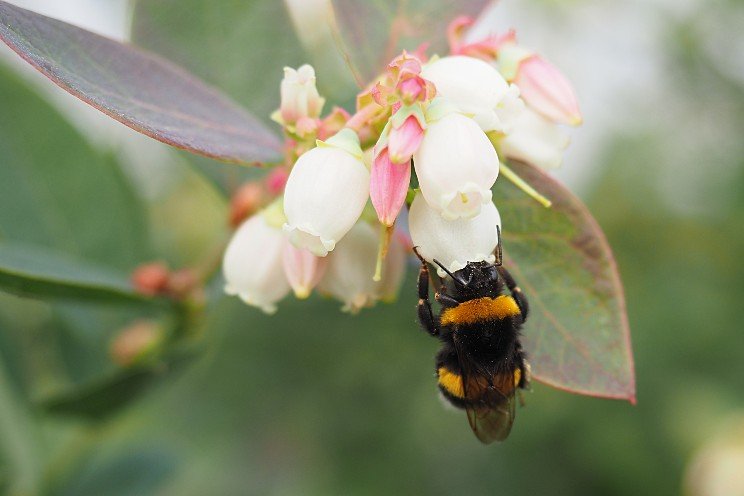The impact of wildfires on agriculture
Added on 10 August 2023

A recent study by Kabeshita et al. (2023) delves into the intricate relationship between wildfires and the agricultural sector in the United States.
Over the past four decades, the U.S. has witnessed a consistent rise in the land area affected by it. While it’s well-documented that agricultural land management can modify fire patterns, there’s limited knowledge about how wildfires reciprocally affect agriculture.
Kabeshita and team, through a comprehensive literature review, pinpointed three primary ways wildfires impact agriculture:
- Direct Impact: This refers to the immediate effects of wildfires on agricultural resources such as soil, water, air, and photosynthetically active radiation. For instance, a wildfire can degrade soil quality, making it less fertile for crop cultivation.
- Downwind Impact: Wildfires can influence downwind agricultural regions by affecting air quality and dispersing ash and other particulates. This can have implications for both crops and livestock.
- Downstream Impact: Areas located downstream can experience the repercussions of wildfires through water quality and availability changes. For instance, wildfire ash and debris can contaminate water sources used for irrigation.
Additionally, the study underscores the effects of its on agricultural labor. Workers may face health risks due to poor air quality or may be displaced due to the fire threat.
Photo by Joanne Francis on Unsplash
More news















